Two Digestive Surgery experts from Tam Anh General Hospital, Ho Chi Minh City, Associate Professor, Doctor Pham Huu Tung and Doctor Pham Cong Khanh, have just demonstrated two new endoscopic techniques to treat gastrointestinal subepithelial tumors and achalasia, within the framework of a conference on digestive diseases organized by Tam Anh General Hospital, taking place at Tam Anh Research Institute (TAMRI) in Ho Chi Minh City.
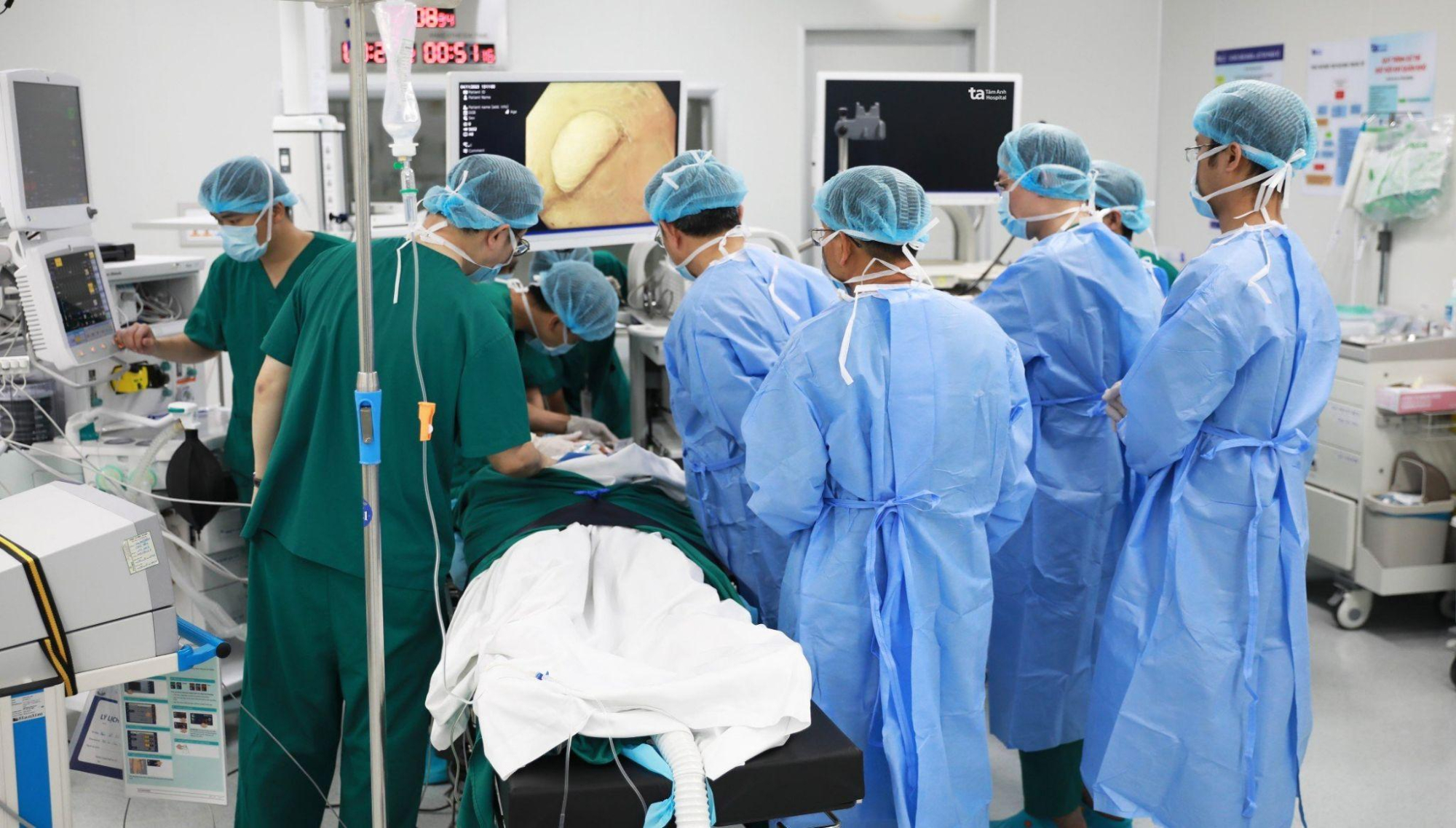
Patient Khanh, 51 years old, living in Ho Chi Minh City, had a submucosal tumor in the esophagus more than 5 years ago, now has difficulty swallowing, has signs of severe reflux, came to Tam Anh hospital for examination. The patient's test results showed a submucosal tumor in the upper esophagus measuring 0.8 cm, two adjacent subepithelial tumors in the middle esophagus measuring 15 mm and 22 mm. The doctor concluded that he had a submucosal tumor in the esophagus and indicated submucosal tumor resection using the tunneling method (STER).
The second patient is Mr. Hoc, 37 years old, living in Vinh Long, has difficulty swallowing both solids and liquids, reflux when sleeping; occasional chest pain, weight loss. Test results showed that he had esophageal dilation, increased spasm of the lower esophageal muscle, concluding type 2 achalasia. The doctor prescribed surgery for both patients using the submucosal tunneling technique to remove the esophageal subepithelial tumor and cut the lower esophageal sphincter by transoral flexible endoscopy (POEM).
Associate Professor, Dr. Pham Huu Tung shared that, unlike the commonly used method in treating subepithelial tumors of the digestive tract, which is open surgery or endoscopic surgery, the new method is endoscopic tunneling to cut the submucosal tumor lesion of the digestive tract. This is a safe, effective, and minimally invasive treatment method. The mucosal incision is far from the lesion, then the endoscope is inserted to separate the subepithelial layer to create a tunnel, gradually approaching the tumor and removing it, and finally closing the incision with clips or sutures.
The second new treatment method is endoscopic lower esophageal sphincterectomy in the treatment of achalasia, which was performed by doctors on Mr. Hoc. The patient's condition is primary esophageal motility disorder, manifested by loss of esophageal peristalsis and failure to relax the lower esophageal sphincter during swallowing, causing food to stagnate in the esophagus. Depending on the severity of the disease, there are appropriate treatment methods.
Some treatment methods are applied such as balloon dilation of the cardia or endoscopic surgery to cut the lower esophageal ring through the abdomen. However, these methods all have certain limitations. Therefore, endoscopic surgery to cut the lower esophageal sphincter through the mouth is a modern solution, performed through the natural route (mouth) without leaving scars, without damaging the anterior 10th nerve.
The two surgeries went smoothly and successfully in 2 hours. The doctors performed the surgery and explained each technical procedure so that the other doctors could understand thoroughly.
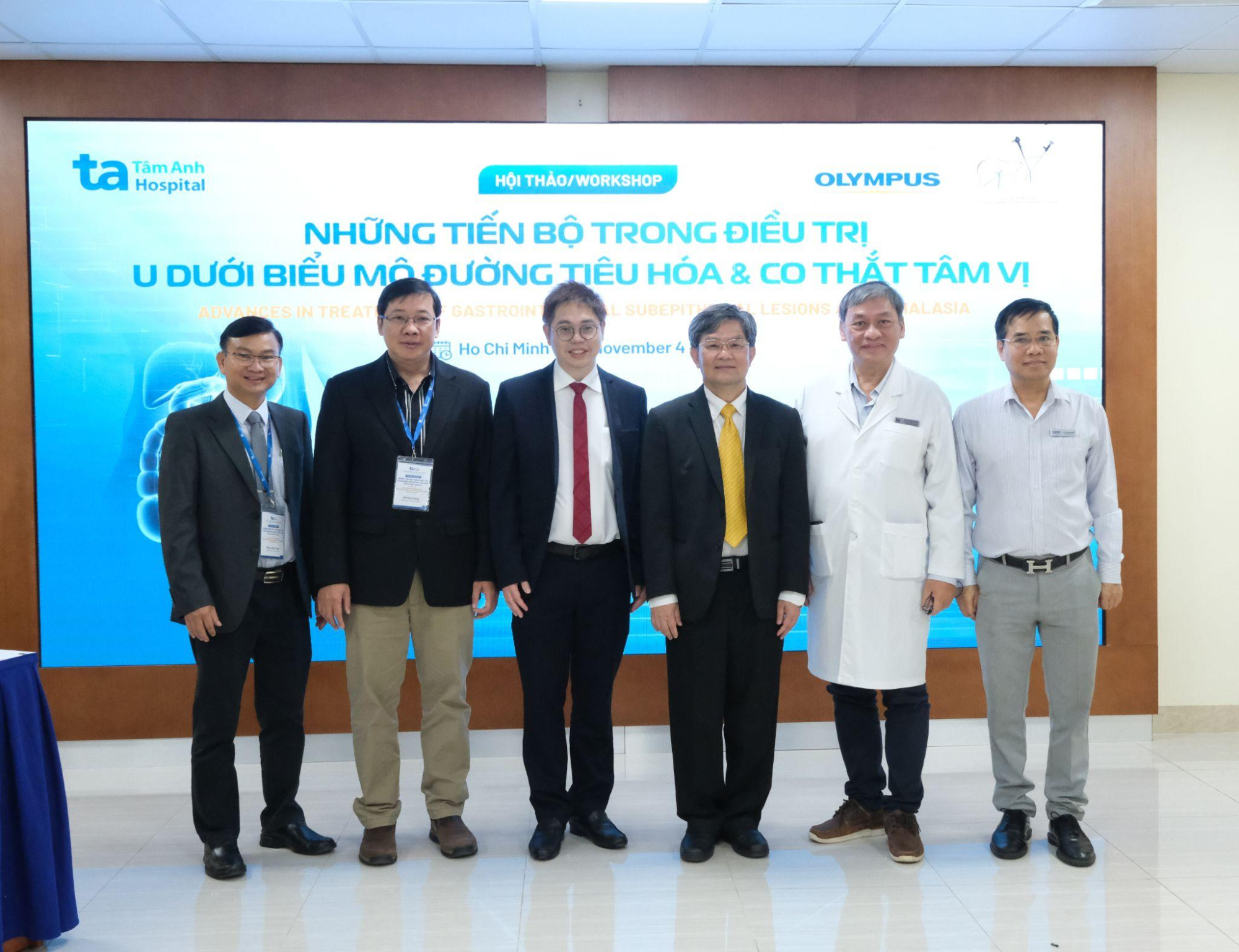
Dr. Pham Huu Tung (Deputy Director of the Center) and Dr. Do Minh Hung (Director of the Endoscopy and Endoscopic Surgery Center of Tam Anh General Hospital, Ho Chi Minh City), 2 Thai experts and Associate Professor, Dr. Pham Hung Cuong, Deputy Director of Tam Anh General Hospital, Ho Chi Minh City (from left to right). Photo: Provided by the hospital.
Dr. Pham Huu Tung (Deputy Director of the Center) and Dr. Do Minh Hung (Director of the Endoscopy and Endoscopic Surgery Center of Tam Anh General Hospital, Ho Chi Minh City), 2 Thai experts and Associate Professor, Dr. Pham Hung Cuong, Deputy Director of Tam Anh General Hospital, Ho Chi Minh City (from left to right). Photo: Provided by the hospital.
Subepithelial tumors and achalasia are two rare diseases but they greatly affect the quality of life and health if not treated promptly. The seminar program is an opportunity for experts and doctors to meet, share and communicate practical experiences in the treatment of gastrointestinal subepithelial tumors and achalasia, bringing the most optimal treatment results. Currently, these two techniques have been and are being routinely applied at the Endoscopy and Gastrointestinal Endoscopic Surgery Center of Tam Anh General Hospital, Ho Chi Minh City.
Dr. Do Minh Hung said: With the criteria of improving the quality of the medical team, the Center for Endoscopy and Endoscopic Surgery of the Digestive Endoscopy Department of Tam General Hospital in Ho Chi Minh City always creates conditions for the medical team to exchange, access and update advanced and modern knowledge and techniques, helping to diagnose and treat patients with the best results, deserving to be the "golden address" in the treatment of digestive diseases in the South as well as in the region.
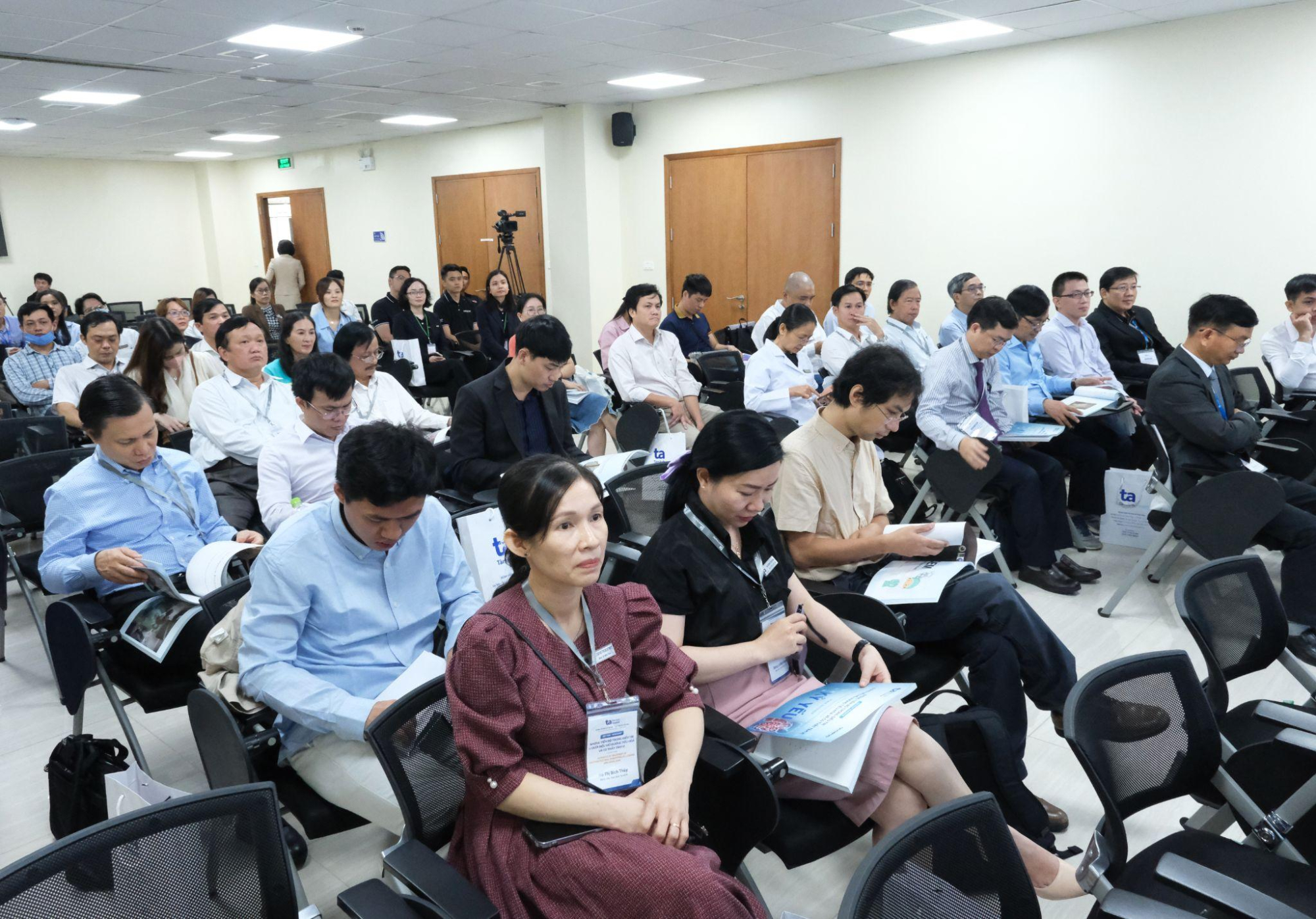
Many doctors and medical experts from inside and outside Tam Anh General Hospital, Ho Chi Minh City attended the conference. Photo: Provided by the hospital
Associate Professor, Dr. Pham Hung Cuong, Deputy Director of Tam Anh General Hospital, Ho Chi Minh City, shared: “This scientific conference with a topic that has received much attention in recent years, is a valuable opportunity for experts and doctors to meet, share and convey useful practical experiences in the treatment of gastrointestinal subepithelial tumors and achalasia. Thereby, creating the premise for future domestic and international conferences.”
| The workshop “Advances in the treatment of gastrointestinal subepithelial tumors and achalasia” was jointly organized by the Center for Endoscopy and Gastrointestinal Endoscopy and Tam Anh Research Institute (TAMRI) under the Tam Anh General Hospital System. With the participation of more than 80 doctors, nurses, and medical staff specializing in Endoscopy and Gastrointestinal Endoscopy from many hospitals across the provinces and cities. |
PV
Source





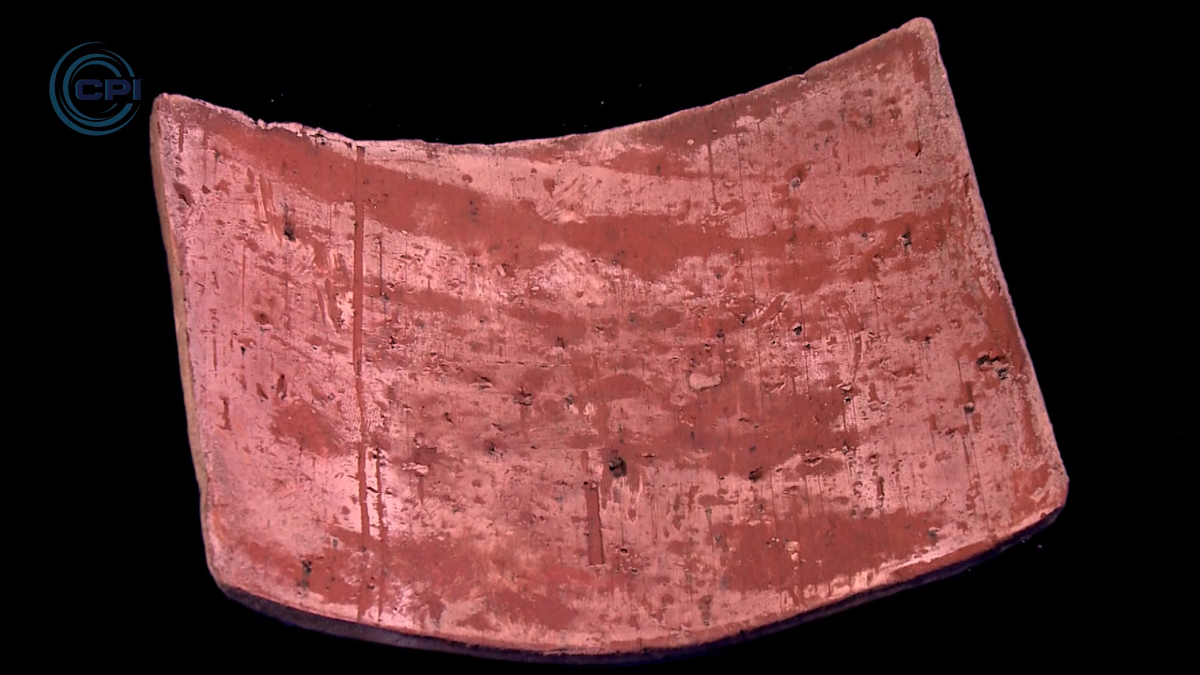


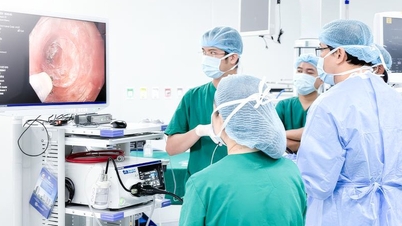



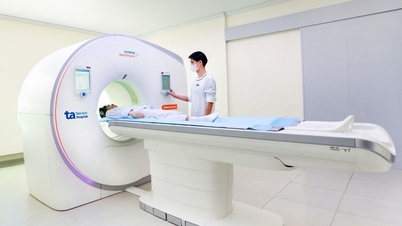


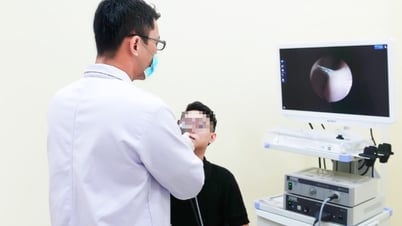


















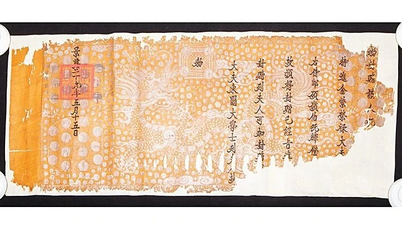


































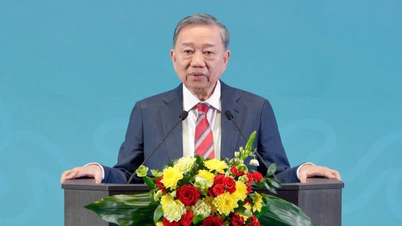











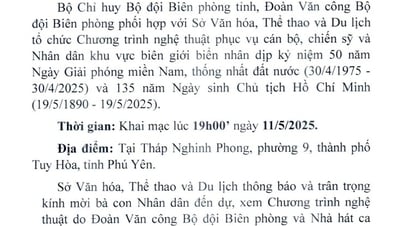



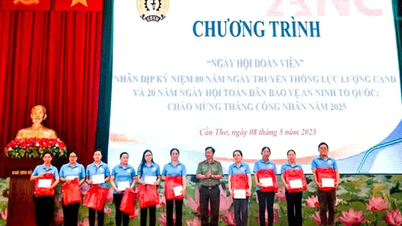










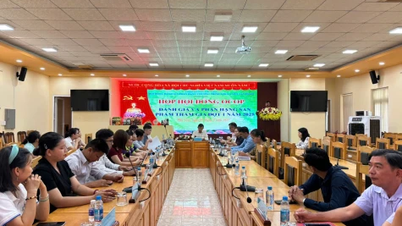




Comment (0)